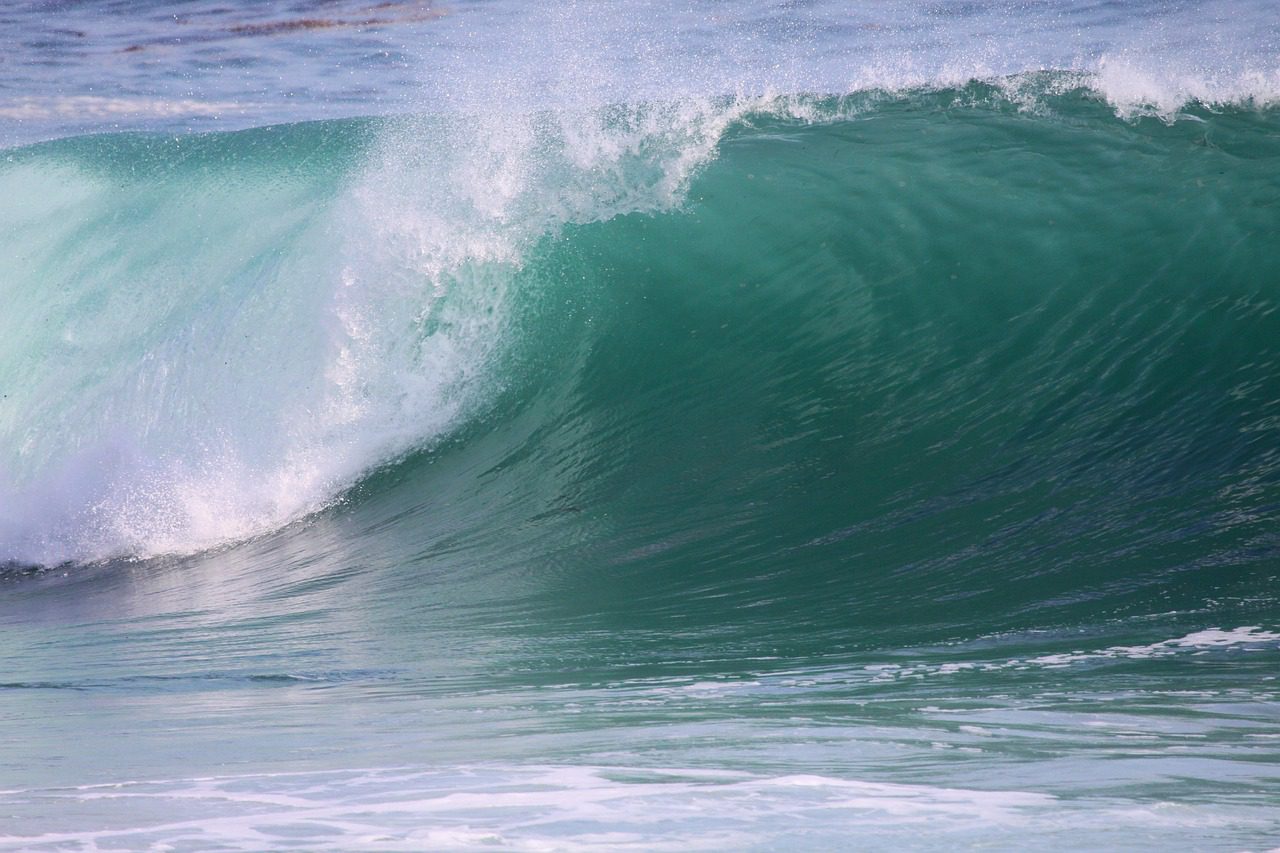Environmental groups, California Department Fish & Wildlife discuss effectiveness, data collecting opportunities
SAN DIEGO, April 30 2013 – What’s happening in San Diego’s marine protected areas? That’s the question San Diego Coastkeeper explored at tonight’s Signs of Tide at Scripps Institution of Oceanography in La Jolla. With on-the-ground insights from California Department Fish & Wildlife about actual activity occurring in the state’s underwater parks, San Diego Coastkeeper officially launched its new web-based data collection app to give a technological boost to the region’s MPA Watch Program.
MPA Watch is a statewide volunteer-based program to gather information from the shoreline about human use in San Diego’s 11 marine protected areas. Ongoing monitoring is a requirement under the California Marine Life Protection Act, the law responsible for the creation of marine protected areas along the state’s coastline. Coastkeeper partnered with engineering students from University of California at San Diego to develop its web-based app that could supplement paper-based monitoring systems with digital tracking that allows volunteers to “click” information into their phones.
“You should go out in the MPAs, recreate in them and enjoy them, but it’s also part of your responsibility to protect them,” said Watson. “Our MPA Watch program aims to work with people who are already there playing in the MPAs to help us gather data about them. Monitoring a small segment of an MPA on a regular basis can make a huge difference.”
Mike McNair, a central San Diego game warden for Department of Fish and Wildlife, shared insights about activity that the enforcement department has seen in San Diego’s marine protected areas over the past year.
“The new marine reserves are still relatively new, so we’re still in the education phase,” said McNair, who said a fishing violation in a marine reserve is a misdemeanor. “Most of the people I talk to don’t even know that they are in a marine reserve.”
The challenge, he says, is that many people fishing in the reserves are people from different areas of the state, who aren’t in tune with what’s happening at the coast. “It takes time,” he said.
To give San Diego’s MPAs a similar benchmark of success, research from Scripps Institution of Oceanography shows that Baja California Peninsula’s Cabo Pulmo marine protected area saw a 460 percent increase in biodiversity and abundance in ten years, from 1999 to 2009. Ben McCue, conservation director at WiLDCOAST, says that this success has helped strengthen the local economy because the community has switched its focus from fishing to eco tourism.
“The one key to success of marine protected areas is to have community support,” said McCue. “The grand majority of folks in San Diego violating the marine protected areas guidelines at this point, simply don’t know.”
McCue says his team trains volunteers who monitor activity in the marine protected areas to call CalTip, the state of California’s hotline for poaching, when they see someone violating the restrictions. And, he says, volunteers carry with them state-approved marine protected areas educational materials that they can use to inform fishermen of new guidelines in effect since January 1, 2012.
For more information and to get trained to use the MPA web-based app, please visit localhost/sdcoastkeeper.
###
SAN DIEGO COASTKEEPER: Founded in 1995, San Diego Coastkeeper protects and restores fishable, swimmable and drinkable waters in San Diego County. Visit us online at https://www.sdcoastkeeper.org.













